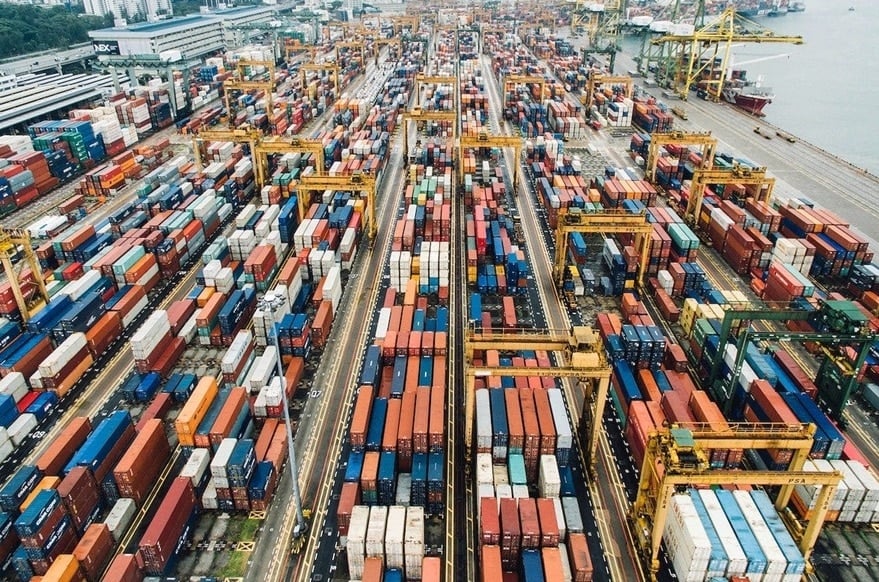

The U.S. and China on Monday agreed to temporarily suspend most tariffs on each other’s goods in a move that shows a major thawing of trade tensions between the world’s two largest economies.
The trade agreement means that “reciprocal” tariffs between both countries will be cut from 125 percent to 10 percent. The U.S.′ 20 percent duties on Chinese imports relating to fentanyl will remain in place, meaning total tariffs on China stand at 30 percent.
The breakthrough comes after U.S. and China trade representatives held high-stakes talks in Switzerland over the weekend.
“We had very productive talks and I believe that the venue, here in Lake Geneva, added great equanimity to what was a very positive process,” U.S. Treasury Secretary Scott Bessent said in a news conference.
“We have reached an agreement on a 90-day pause and substantially move down the tariff levels. Both sides on the reciprocal tariffs will move their tariffs down 115 percent,” Bessent said.
Both China and the U.S. said they will continue discussions on economic and trade policy. The two sides also agreed to establish “a mechanism to continue discussions about economic and trade relations.” These discussions may be conducted alternately in China and the United States, or a third country upon agreement of the Parties. As required, the two sides may conduct working-level consultations on relevant economic and trade issues, the statement read.
Investors were buoyed by news of the tariff reprieve. Stateside, Nasdaq futures pointed to a 3.6 percent gain, with the S&P 500 futures higher by 2.8 percent and Dow up by nearly 1,000 points, or 2.3 percent.
The ICE U.S. Dollar Index also rose sharply. The index, which measures the U.S. dollar against a basket of global currencies, was last up 1.3 percent to 101.63.
Elsewhere, the pan-European Stoxx 600 index rose by 0.7 percent during early morning deals.
President Donald Trump enacted a series of steep protective tariffs affecting nearly all goods imported into the United States. Between January and April 2025, the average effective US tariff rate rose from 2.5 percent to an estimated 27 percent—the highest level in over a century.
Trump escalated an ongoing trade war with China, raising baseline tariffs on Chinese imports to 145 percent. In retaliation, China imposed a minimum 125 percent tariff on US goods and restricted exports of rare earths critical to high-tech industries.
Trump also initiated a trade war with Canada and Mexico by imposing a 25 percent tariff on most goods from both countries but later granted indefinite exemptions for goods compliant with the USMCA. He framed these actions as efforts to hold the countries accountable for contraband drug trafficking and illegal immigration, while also supporting domestic manufacturing.
On April 2—a day he called “Liberation Day”—Trump announced a minimum 10 percent tariff on all US imports, effective April 5, and higher tariffs on imports from 57 countries. The announcement of these controversially named “reciprocal tariffs” prompted retaliation from trade partners and triggered a stock market crash.
